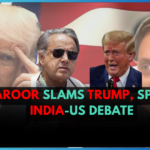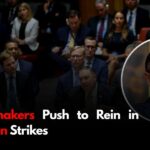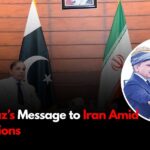When the first stones flew in Moro, folks assumed it was the usual village quarrel. Within an hour, shopfront shutters rattled down, gunshots echoed across the main bazaar, and smoke curled above the date-palm groves. By nightfall half a dozen men were nursing bullet wounds, two jeeps lay torched on the roadside, and frightened families were phoning cousins in Nawabshah for refuge.
On Wednesday morning the province’s top cop, Inspector-General Ghulam Nabi Memon, finally stepped in. Standing before reporters in Karachi, he announced a three-member fact-finding team headed by a DIG-rank officer. Their brief is blunt: reach Moro, record statements, pin down who fired first—and explain why local police needed four hours to restore order.
Moro, a junction town on the National Highway, has seen scraps before. This one began, residents say, with a boundary argument between two neighbouring clans. A stick here, a shove there, and suddenly rifles appeared. “It was over by evening, but the panic hung in the air,” said Abdul Qayyum, who runs a roadside tea stall and spent the night guarding his shutter with an iron bar.
Why did help arrive so late? Constable Yaseen, unwilling to be named in full, admits the nearest reserve squad was “out on VIP duty” when the distress call landed. By the time reinforcements rolled in from Naushahro Feroze, tempers were molten. Video clips shot on shaky phones show officers taking cover behind a fruit cart while warning shots cracked overhead.
The new committee has been told to file recommendations inside ten days. Privately, senior officers concede the deadline is tight but say they want to calm nerves before Eid crowds hit the highway. “We can’t afford another flashpoint,” one official said.
Civic activists, however, are sceptical. Iqbal Kandhro of the Sindh Rural Rights Forum calls the probe “another band-aid”. He points to earlier inquiries—Shahdadpur in 2022, Kandiaro last year—that produced neat reports yet little change on the ground. “Every time, they promise early warning systems and mediation cells,” he says, “and every time we’re back to sirens and smoke.”
At the district hospital the human cost is obvious. Nineteen-year-old Ghulam Ali lies with his arm in a sling, a fresh bandage peeking from under the gauze. He swears he was only delivering ice blocks when stray pellets ripped through the rickshaw hood. “I’ve exams next week,” he mutters, eyes fixed on the ceiling fan. Doctors expect him to recover, but the rickshaw needs a new windscreen—money his father doesn’t have.
For now, patrols have doubled on the highway and elders from both clans have been summoned to the DSP’s office. Whether the promised inquiry leads to disciplinary action—or fizzles into paperwork—will matter less to Moro’s street vendors than a simpler guarantee: that the next quarrel stays inside the tea house and off the asphalt.
One question lingers. When trouble brews again, will the first responder be a police van—or another smartphone camera? Moro’s residents are waiting for an answer, and this time they want it before the smoke starts rising.










